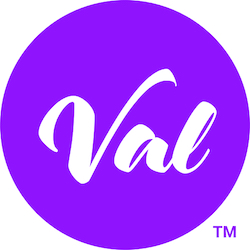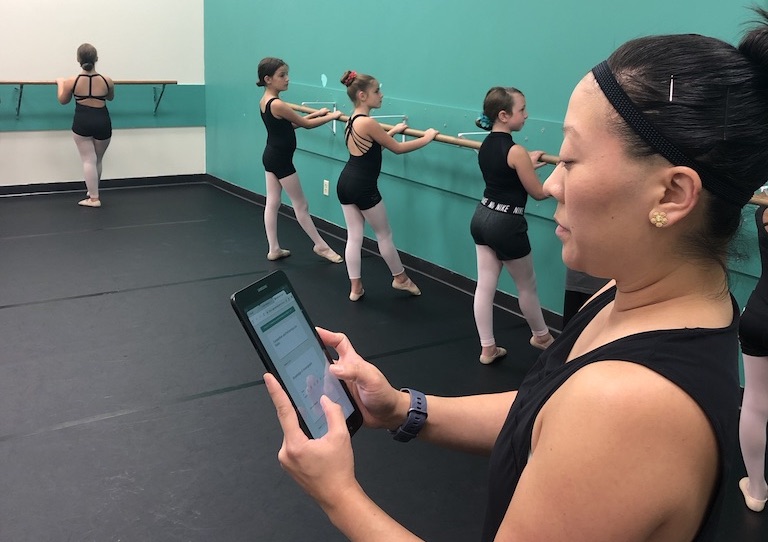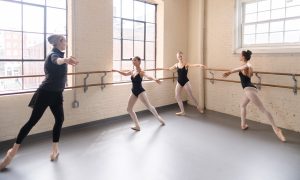If you have ever considered providing written evaluations to your dance students but felt overwhelmed with the complexity of the task, you are not alone. As educators, the case for formal feedback is evident. Students, and their paying parents, have a right to know how they are doing and how they could improve.
Evaluations can (and should) include technical progress, as well as comments regarding student attitude and application. Do your studio parents currently know how well their child engages in class? Do they know if they are a positive contributor to the class experience? For younger students, do parents know if their child can follow directions, display good social skills or if they listen well?
Jennifer Tell, co-founder of VAL (an online student evaluation program) and a studio owner for over 20 years, has found many positive benefits from formalising the feedback process in her own dance studio. “Providing feedback to parents has really helped manage their expectations, especially around placement and audition time,” Tell explains. “Parents can refer back to their child’s evaluation to see where they are excelling and where they need improvement. My teachers and I have been able to go back and refer to a child’s past evaluation when a parent has a question about ability/placement/future classes.”

For teachers, conducting evaluations provides an easy way to manage students’ progress and goals. Ideally, teachers should measure a student’s ability toward the beginning of the season and then re-evaluate the same skills and attitude at a later date. Open and honest communication between teachers, students and parents reduces conflicts and builds trust.
For students, evaluations are important for their continued growth. It gives them an accurate snapshot of their skill level and overall attitude in class. They know exactly what they need to work on, and the areas they are excelling in.
End-of-season evaluations can also include individualized recommendations for each student, based on their progress and feedback.
Whether you needed convincing about the power of feedback or not, the common roadblock to actually “making it happen” still remains. Many dance studio owners and teachers resist introducing formal feedback options to their students and parents for two simple reasons: it’s time-consuming and hard to manage. In the past, formal feedback between dance teachers, students and their parents has been through face-to-face interviews toward the end of the year, and while valuable, can be time-consuming, particularly in larger studios. Additionally, it can be difficult to find mutually agreeable meeting times between all parties.
Enter VAL. It’s a game-changing, user-friendly platform designed to streamline creating written evaluations for all. Sign-up is easy. (You can even try it out and create five evaluations for free.) Full set up takes literally minutes, including full customization of your account including the addition of your own logo for brand awareness.
Rubrics as feedback tools in mainstream education are a well accepted method of communicating student performance. VAL uses rubrics to help create individual student evaluations with ease (literally, with the click of the mouse). Put simply, a rubric is an evaluation template to score performance against specific criteria. VAL already includes two sample rubrics (one for three to six years, and one for seven years and up), and while these are complete enough to use “as is”, they are also fully customizable as well. Additionally, you can create completely custom rubrics to match your specific needs.
Once you have added your rubric, you simply add in the students, assign a teacher, and you are well on your way. Simply invite your instructors to the platform so they can also complete evaluations. Users can then access VAL from their computers or from their devices, which (should) eliminate any excuses!
Check out www.val-eval.com for more details.
By Jane Grech of Dance Informa.















